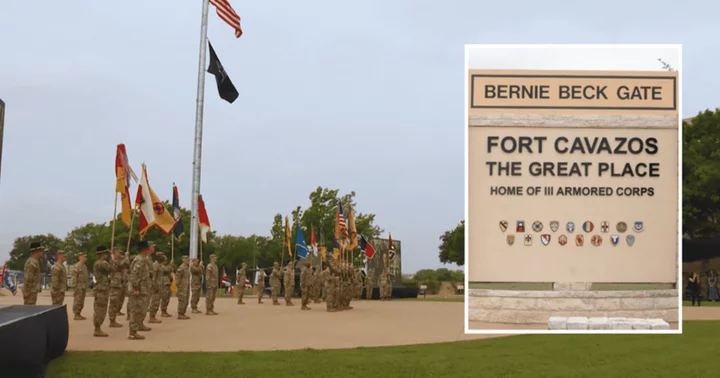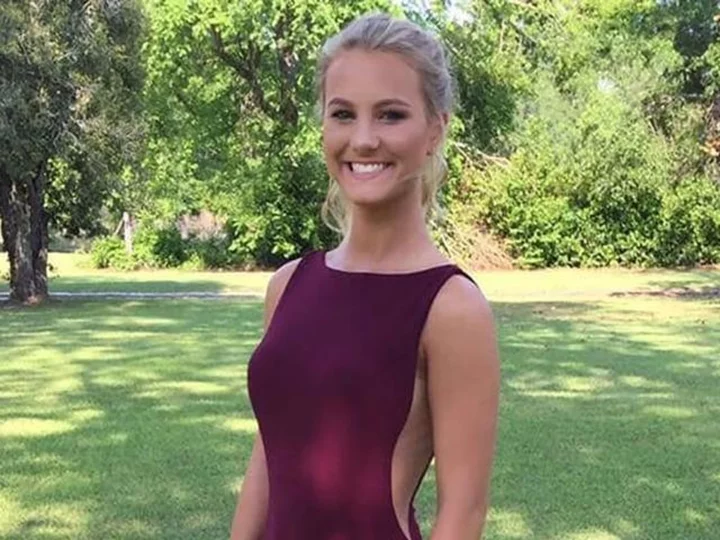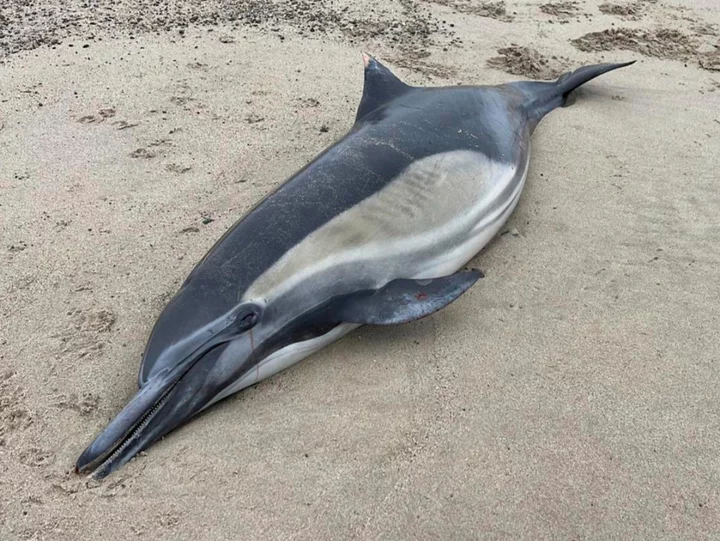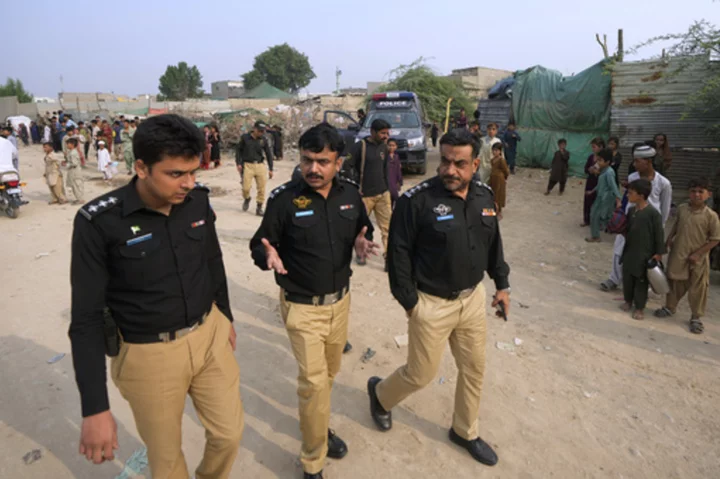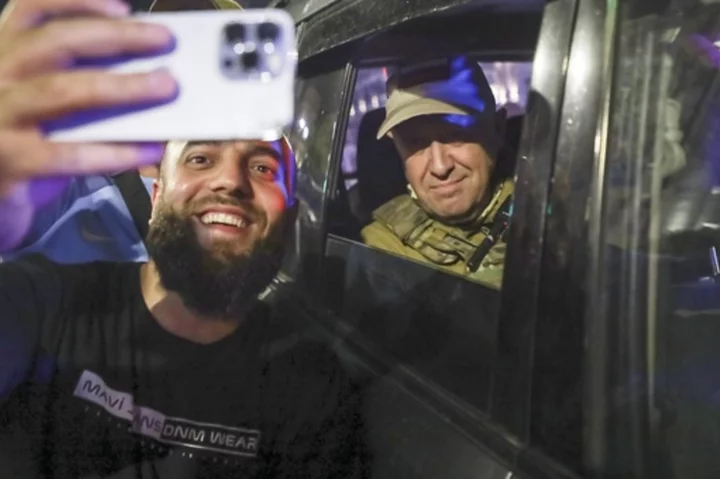AUSTIN, TEXAS: In a deeply troubling series of events, Fort Cavazos, formerly known as Fort Hood, has once again been marred by tragedy.
In the past month alone, three soldiers stationed at the Texas military base have taken their own lives, joining a growing list of mysterious deaths that have plagued military installations across the United States.
The situation is under intense investigation, with Army authorities actively seeking answers to the circumstances surrounding these tragic losses.
In addition, another death remains shrouded in uncertainty as the cause has not yet been confirmed by the authorities.
The troubled history of Fort Cavazos
Fort Cavazos, a name that replaced Fort Hood in May as part of the US Army's ongoing efforts to rename bases associated with Confederate officers, has faced a dark history of violence and unexplained deaths in recent years.
The name change was a symbolic step, but the underlying issues at the base persist, casting a long shadow over the institution.
Before the fourth Fort Cavazos soldier died last week, a spokesman had stated that "all initial indicators point to these tragedies being suicides."
The names of these soldiers were not released to the public, further emphasizing the sensitive nature of these incidents.
In response to the heartbreaking losses, Lieutenant General Sean Bernabe, the commander of III Armored Corps and Fort Hood, lamented the deaths in a statement.
He said, "In the wake of these losses, our leaders are engaged with the families of the deceased to ensure they have the information and resources they need."
One of the most high-profile cases from Fort Cavazos is the disappearance and subsequent discovery of the remains of Vanessa Guillen in 2020.
Guillen, a 20-year-old private first class, went missing on April 22, 2020, only to be found dismembered and buried nearby two months later.
Guillen's disappearance and brutal death remain etched in the collective memory of the American public.
A dedicated soldier, Guillen's life was tragically cut short under mysterious and horrifying circumstances.
What happened to Vanessa Guillen?
Vanessa Guillen's family, investigators, and civilian volunteers tirelessly searched the area surrounding Fort Cavazos for weeks, desperately hoping for her safe return.
But on June 30, their worst fears were realized when her remains were discovered in a shallow grave.
What followed was a harrowing revelation of the extent of the cruelty inflicted upon this young soldier.
According to court documents, Vanessa Guillen was killed in an armory room, where she was bludgeoned to death with a hammer.
Her body was then placed in a box and transported to the Leon River, located roughly 20 miles from the base.
The gruesome details of her death continued to shock the nation as it was revealed that after her murder, Guillen's body was dismembered, and an attempt was made to burn her remains before they were buried in three separate holes, according to court records.
The brutality of Vanessa Guillen's death sparked outrage and led to her family's claims of sexual harassment at Fort Cavazos.
This ignited a powerful movement on social media, with former and active service members sharing their own experiences of harassment and abuse within the military, using the hashtag #IAmVanessaGuillen.
Leadership failures at Fort Cavazos
Then-US Army Secretary Ryan McCarthy, during a visit to the Texas base, acknowledged the grim reality that Fort Cavazos had one of the highest rates of murder, sexual assault, and harassment in the Army.
He went further to state that these patterns of violence were a direct result of "leadership failures."
In response to the tragic events surrounding Vanessa Guillen's death and the broader concerns about safety and harassment within the military, state and federal lawmakers passed legislation in 2021 to honor Guillen's memory.
This legislation aimed to remove some authority from commanders and provide survivors with more options to report abuse and harassment.
Additionally, the Army took action by disciplining 21 commissioned and non-commissioned officers in connection with Guillen's death.
These measures were seen as critical to holding those responsible accountable for their actions and signaling a commitment to change within the military.
Despite these efforts, the recent spate of suicides at Fort Cavazos raises serious concerns about the base's ability to provide adequate mental health support and resources to its service members.
While the tragedy of Vanessa Guillen's death has served as a catalyst for reform, it has not been enough to address the deep-rooted problems that continue to plague the base.
Growing concerns about well-being of service members
Moreover, Fort Cavazos is not the only military installation grappling with troubling trends. An Oklahoma USAF base has reported 17 deaths this year, with 11 attributed to 'natural causes' and six remaining unclear, military.com reports.
The exact nature of these deaths, particularly those under investigation, raises further questions about the safety and well-being of service members stationed at these bases.
As investigations into these mysterious deaths continue, questions about leadership, security, and mental health support within the military remain, requiring answers and decisive action to prevent further tragedies.
In response to these alarming trends, Fort Cavazos leaders have pledged to strengthen their suicide prevention and mental health support efforts.
A 'call to action' day on August 16, during which GIs and their commanding officers openly discussed mental health challenges, marked a significant step forward in addressing this critical issue.
"This training was supported by behavioral health professionals, chaplains, and other non-clinical counselors from across the Fort Cavazos installation," Fort Cavazos leaders stated.
While the military has been grappling with issues of violence, harassment, and abuse, the statistics on military suicides are equally alarming.
In 2021 alone, 30,177 active duty personnel and veterans who served in the military after 9/11 died by suicide, according to the USO.

